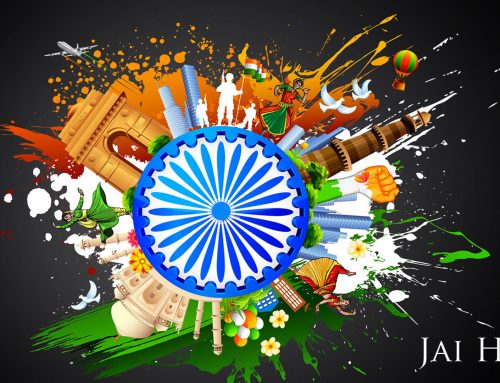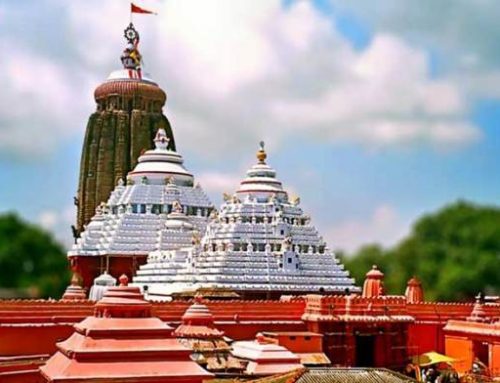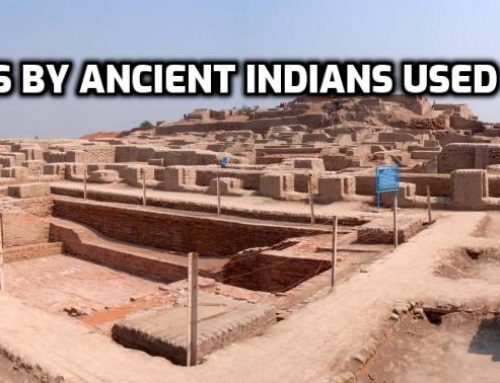India is the cradle of the human race, the birthplace of human speech, the mother of history, the grandmother of legend, and the great grandmother of tradition. Our most valuable and most instructive materials in the history of man are treasured up in India only- Mark Twain.
Our Country is so rich in heritage and culture and our ancestors were very knowledgeable in all the fields but sadly we are not much aware of our rich past. There is so much to share about India and it would take numerous posts to show even a fraction of the history and even after those posts we would not be able to fathom the greatness as most of the old values and cultures have been lost. I will share some of the interesting facts in blogs in this series about India which will give us a general idea of our countries rich past and present. Let us start with some geographical facts about our beloved country:
Geographical Facts :
- India is the seventh largest country in the world, with an area of 32,87,590 square kilometers.
- India is the second most populated country in the world. In December 2021 India’s population has crossed 1.4 billion.
- The Tropic of Cancer passes right through the middle of our country.
- India has the youngest and highest mountain range in the world i.e. The Himalayas that are approximately 70million years old. Interestingly India also has the oldest surviving fold mountain range in the world which is The Aravalli Range.
- India has a lake formed by meteor hit around 52000 years ago. The lake is named Lonar Lake and is located in Buldhana District, Maharashtra.
- Mawsynram Village, in the East Khasi Hills district of Meghalaya, India is the wettest place on Earth.
- The Siachen Glaciar, in Northern Kashmir, India is the highest battle field in the world.
- The Ganges Brahmaputra Delta is the largest delta in the World formed by three major rivers namely Ganga, Brahmaputra and Megna.
- The largest and second largest mangrove forests are in India. Sundarban Mangrove forest is the largest mangrove forest which is located 60% in Bangladesh and 40% in India. Pichavaram, located in Tamil Nadu, is the second largest mangrove forest in the world.
- Majuli in Assam is the largest river island in the world. It is formed by Brahamputra River in the South and Kherkutia Xuti, joined by Subansiri river in North.
- The Keibul Lamjao National Park in Bishnupur district of Manipur is the only floating National Park in the world.
Did you find the above facts interesting? Do share more interesting geographical facts about India.
To read more facts check other articles on India in this series.
Apoorva Yadav Kamboj
Disclaimer : The facts may change along with time.






Leave A Comment